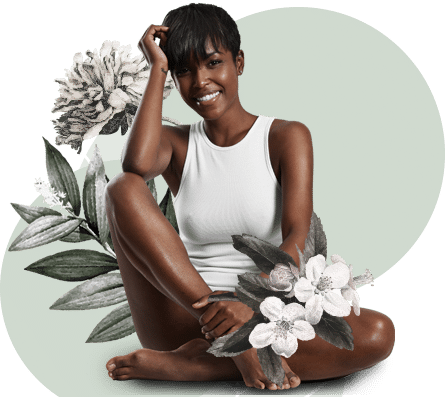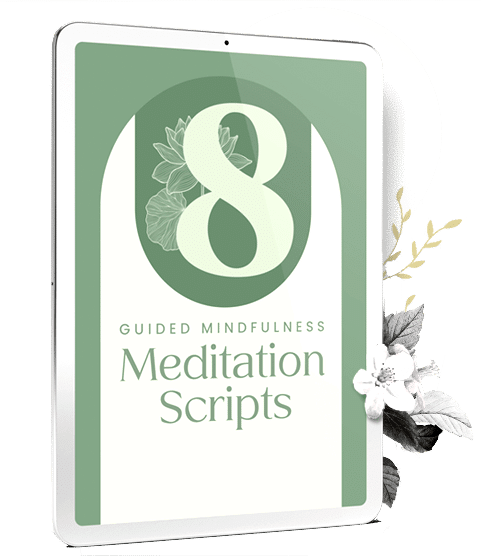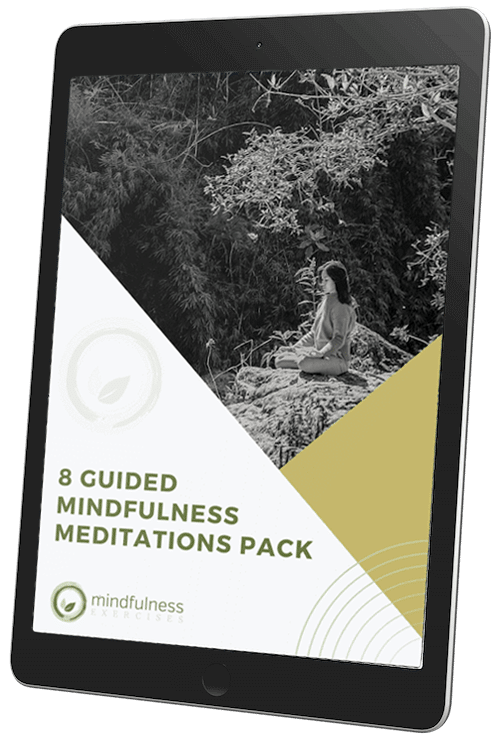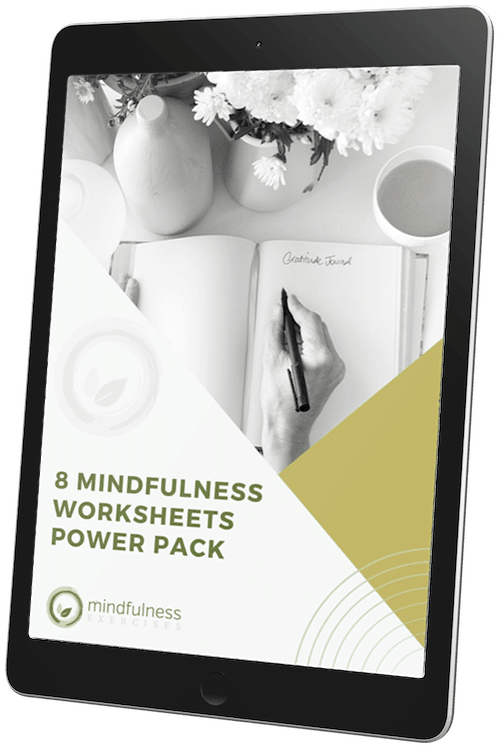Guided meditation is a practice framed by another person’s instruction. This guiding voice can be in-person or recorded. While anyone can benefit from the direction, it is especially useful for beginners and the easily distracted. Guided meditation shepherds your wandering attention, keeps time and fosters a sense of moral support. Unlike unguided meditation, the structure is done for you.
Today we will unpack the styles and benefits of guided meditation. Beginners, you will find helpful starting tips. You seasoned practitioners will find additional resources to deepen your guided meditation practice.
Below, you can explore this well-cultivated collection of guided meditations. They run the gamut from sleep improvement to cultivating compassion, to increasing your concentration. Allow yourself to relax and lean into the supportive assistance of guided meditation.
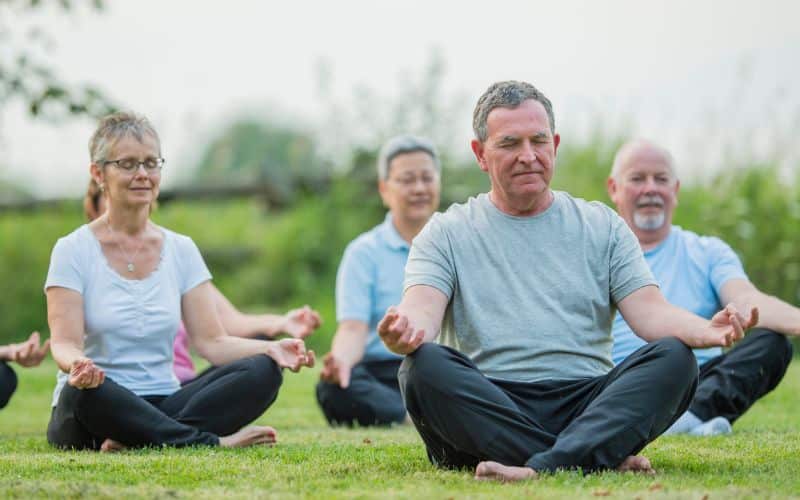
What Is Guided Meditation?
Guided meditation is performed by a meditation instructor or facilitator. You can participate in a group, or by yourself. There are in-person, audio-recorded, or video-recorded forms of guidance. No matter what you choose, the purpose remains the same.
In guided meditation, you are led into a meditative state through the instruction of another person’s voice. Meditation facilitators have many tools with which to guide you. They might lead you through progressive muscle relaxation. They might encourage you to use your imagination to enter a peaceful state: think “happy place.” They can also remind you to return your awareness to an object, like the breath, to increase your level of concentration. In all circumstances, the facilitator will help you induce a state of relaxation and guide you back to “wakeful awareness” when the meditation is complete.
If you are new to or uncomfortable with meditation, guided practice is an amazing way to grow your understanding. Facilitators provide instruction that you can rely upon in times of self-practice. Since the origins of meditation date back to 1500 BC, you better believe there is a form of meditation that suits everyone! In the next section, we will cover various popular styles of guided meditation for the visually, kinesthetically, or auditorily inclined.
Types of Guided Meditations
Body Scan Meditation
There are many hidden areas of tension in the body that go unnoticed each day. During a body scan, your facilitator will lead your awareness throughout your entire body part by part. You may start at the head and go to the feet, relaxing each muscle as you become cognizant of it. The benefits of muscle relaxation in meditation are numerous and can positively affect your general wellness.
Loving Kindness Meditation
It is not always easy to conjure feelings of warmth and compassion for ourselves and others. This is why guided meditation is an ideal choice when it comes to loving-kindness practice. The facilitator could ask you to imagine a person or animal that inspires affection. They could also ask you to recite phrases such as “may I be well and happy”. The goal is that you learn to cultivate and radiate feelings of care and kindness to yourself and the world.
Visualization Meditation
For this style of meditation, the facilitator helps you harness the power of your imagination to help you relax, discover solutions to daily problems, or encourage the achievement of goals. For instance, the guide might ask you to imagine how your future self feels and looks when you have achieved a certain outcome of your desire. On the other hand, they could ask you to imagine a place in nature that gives you a sense of peace and safety. This is a great way to practice using your mind’s eye. It is also great for the visually inclined.
Breath Awareness Meditation
This type of meditation encourages you to return your attention back to your breath. The point is to help you practice several things at once. Your concentration will increase as you gently shepherd your wandering mind back to a focal point. You will also practice acceptance, as you are usually guided to watch your breath in its natural state.
Mindfulness Meditation
Mindfulness is when you pay attention with intention to the present moment without judging it. The facilitator might guide to you notice what thoughts, feelings, or sensations you are experiencing. It can be easy to get lost in our inner world, but a guide reminds us to leave behind judgment. They also help us to remain present and open to our experience without clinging to it or rejecting it.
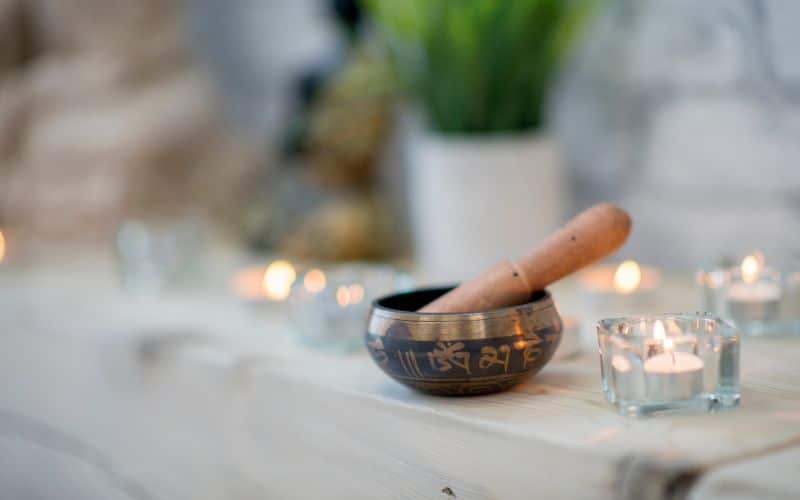
How to Practice Guided Meditation?
Choosing your guided meditation is the most involved part of the process. The rest is about listening and relaxing. Here are some tips to help your guided meditation practice. Attached below is an audio guide to further assist your understanding of how to do a guided meditation.
Benefits of Guided Meditation
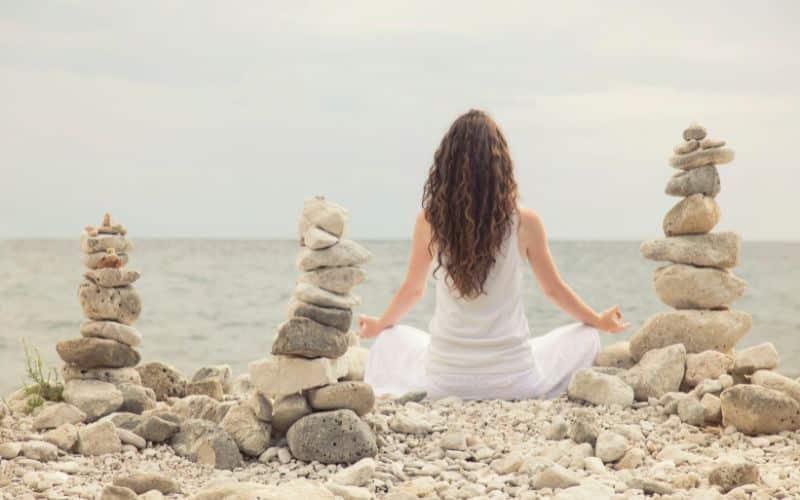
Tips to Beginners For An Effective Guided Meditation
Guided Meditation FAQs
What Do You Do During A Guided Meditation?
In a guided meditation, you listen and follow the instructions given by a facilitator. You allow yourself to relax and follow another person’s guidance.
How Often Should I Practice Guided Meditation?
Studies show that guided meditation practice can be beneficial even with short durations. Consistency is more important than length at first. Try and practice at least five minutes every day!
How Does Guided Meditation Make You Feel?
Many different feelings can surface during guided meditations due to the relaxed and receptive state. It is common to feel supported by guidance. You can also feel frustrated by your wandering mind if you do not bring patience and curiosity to the practice. Remain aware!
How Long Does It Take For Guided Meditation To Work?
Research has shown eight weeks to be a standard time to notice benefits. These results were even for practice as short as five minutes! Longer or more frequent sessions may increase that time.
Is Guided Meditation Better Than Unguided?
It is not better; it is simply more suitable if you are easily distracted or unsure how to conduct your own meditation. Even experienced meditators might benefit from the feeling that someone else is present for moral support. It also helps demonstrate different styles of meditation.
When Should I Stop Guided Meditation?
There’s no time that’s necessary to stop. If you want to stop, you can do so when you feel ready.
Is It Ok To Fall Asleep During Guided Meditation?
There’s no time that’s necessary to stop. If you want to stop, you can do so when you feel ready.
What Type Of Guided Meditation Should I Start With?
It does not matter what “style” of guided meditation you choose. It DOES matter that you choose a meditation with frequent guidance and smaller intervals of silence. When you are new to meditation it is easier for the mind to wander. Frequent vocal interjections will help keep you on track.



